Black Walnut Toxicity Explained: What Not to Plant Near a Black Walnut Tree and Best Black Walnut Companion Plants
Black walnut trees (black walnut Juglans nigra) are prized for their beautiful wood, deep shade, and delicious nuts. Yet, these iconic trees come with a secret weapon that can make gardening around them tricky — a natural compound that harms many nearby plants. Known as juglone, this chemical is responsible for juglone toxicity, which can stunt growth or even kill sensitive species.
Many gardeners wonder, "do black walnut trees kill other trees?" The answer is yes — trees and plants that are sensitive to juglone may struggle or die if planted too close. If you’ve ever noticed certain vegetables, fruits, or flowers wilting near a black walnut, this guide will explain how black walnut poison works, what not to plant near a black walnut tree, and which plants make ideal companions.

Understanding Black Walnut Tree Toxicity
The Chemical Called Juglone
The key to black walnut tree toxicity lies in a chemical called juglone (5-hydroxy-1,4-naphthoquinone). Black walnut trees produce juglone in their roots, leaves, bark, and nut hulls. It acts as a natural defense mechanism — a process known as allelopathic effects — that suppresses nearby plants’ ability to absorb oxygen during cellular respiration.
When juglone builds up in the soil, sensitive plants may wilt, turn yellow, or even die. The highest concentration of juglone is found within the tree’s root zone and up to 80 feet from the trunk. Even black walnut leaves, wood chips, or fallen husks can release juglone as they decay.
Unlike the English walnut, which contains much lower levels of juglone, black walnut trees produce enough to affect many garden species.
Do Walnut Trees Kill Other Plants?
Gardeners often ask, “Do black walnut trees kill other plants?” In a sense, yes — but not intentionally. The walnut roots release juglone into the surrounding soil, making it toxic for certain species. Over time, these allelopathic effects can limit what grows near the tree.
Because of this, it’s important to know what not to plant near a black walnut tree and instead choose black walnut companion plants that are tolerant of juglone.

What Not to Plant Near a Black Walnut Tree
Many garden favorites are sensitive to juglone. Avoid growing these within the dripline (the area under the canopy):
- Tomatoes, potatoes, peppers, and eggplants
- Apples, pears, blueberries, and blackberries
- Azaleas, rhododendrons, lilacs, hydrangeas, and yews
These species are the most susceptible plants and tend to show yellowing and stunted growth when exposed to walnut toxicity.
If you must grow them nearby, use raised beds filled with clean, juglone-free soil to create a barrier between their roots and the toxic black walnut tree.
Best Black Walnut Companion Plants
Thankfully, many species are tolerant of juglone and thrive near black walnuts. Try planting:
- Vegetables:
- Carrots, corn, beans, squash, beets, onions, melons, and parsnips.
- Trees & Shrubs:
- Elderberries, persimmon, catalpa, oak, maple, and red cedar — all make excellent black walnut companion plants.
- Perennials & Flowers:
- Sweet woodruff, Shasta daisy, hostas, coral bells, and ferns perform beautifully near walnut roots.
For even more juglone-tolerant species, explore potted trees and shrubs ideal for mixed plantings.

Managing a Garden Near Black Walnut Trees
- Use Raised Beds: Build deep raised beds to separate sensitive plants from juglone-contaminated soil.
- Clean Up Debris: Rake and remove fallen black walnut leaves and husks to prevent buildup.
- Protect from Sun Stress: If you’re gardening under partial shade, shade cloth can help regulate light levels.
- Feed Wisely: Acid-loving species grown beyond the root zone can benefit from acid-loving fertilizers.
You can also consult The Home Orchard book for detailed planting and soil-health strategies.
Conclusion
By understanding black walnut juglone and choosing plants wisely, you can enjoy the shade and beauty of your black walnut tree without sacrificing your garden’s health. For planting inspiration, browse walnut trees for sale and start planning your juglone-smart landscape today.



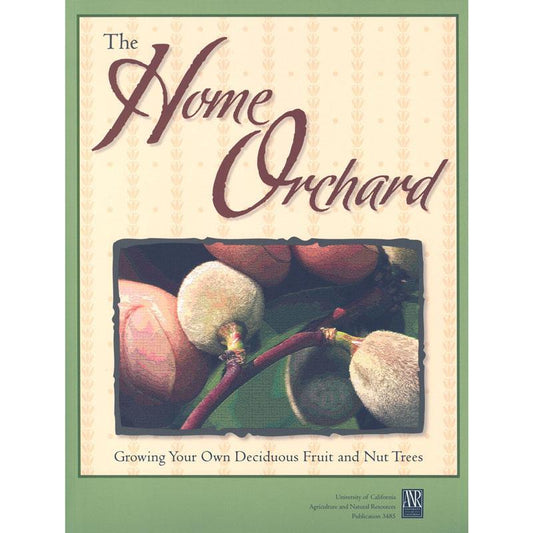
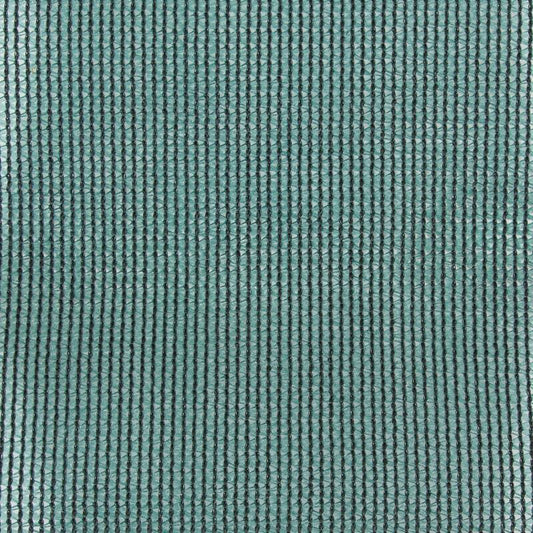

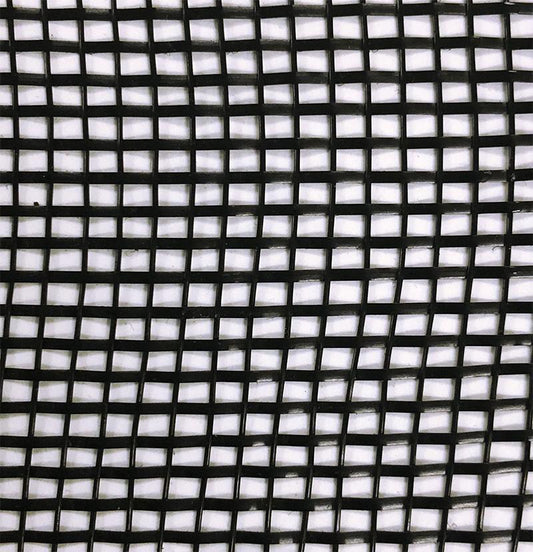

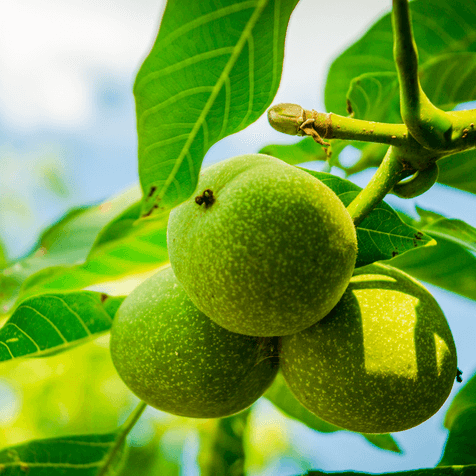

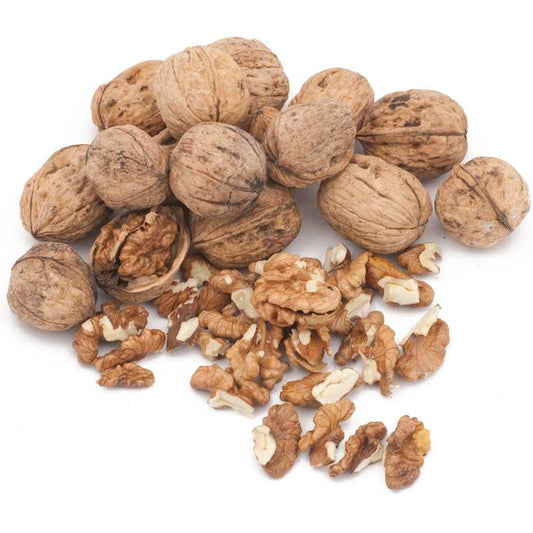
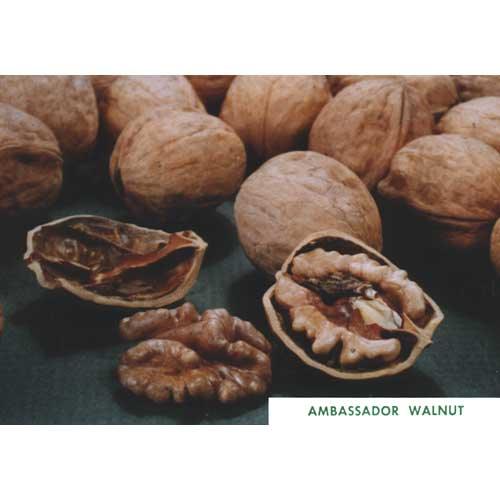
71 comments
I have 2.5 acres completely filled with black walnut. The understory is almost entirely Amur honeysuckle, other trees are hackberry, box elder, locust and a couple of white pines.
The hackberry and Amur honeysuckle are thriving and do not seem walnut sensitive.
John, if the leaves start to decompose, then yes they could be adding juglone to your soil. You can rake them up to keep the exposure down. But not much else you can do, other than garden in raised beds, away from the walnut tree.
I have had a 16 by 24’ garden plot for at least 12 years on our side yard with a walnut tree as close as 28’ from the garden. A branch does hang just about over the end of the garden. The first few years the garden was very productive without any issues until juglone began to do a number on especially tomato plants. Had 10 yards of soil removed about five years ago and new soil added after I put down heavy duty black plastic as a barrier against the roots. The garden did great for two or three years and the problem has intensified again. I always clean the garden in the fall by removing dead plants, leaves, etc. before I put down several hundred pounds of manure from a local farmer that raises chickens, steers and some hogs, and other animals for children to visit. Would some leaves laying on the soil for a month or so create the juglone and would possibly puncturing through the soil with some wire tomato holders and wooden stakes also create toxicity from the soil. I have no option to move the garden, but I could add a few raised beds further away from the closest of the two walnut trees. Would appreciate any suggestions in dealing with this ongoing juglone problem. This year it appears to have impacted not only the tomato plants, but also the beans and zucchini plants unless there are other issues do to a spell of heavy rains and then a short heat wave. Thanks.
Do not eat veggies that are growing in the area of a walnut tree. The juglone can be toxic to humans.
First grass yellowed and die
All of the vegetables got moldy as died
The Black walnut tree would bloom,drop seeds and then the top drop off where it blooms.
Can you eat vegetables that Juglone has rained on or roots growing along this tree?